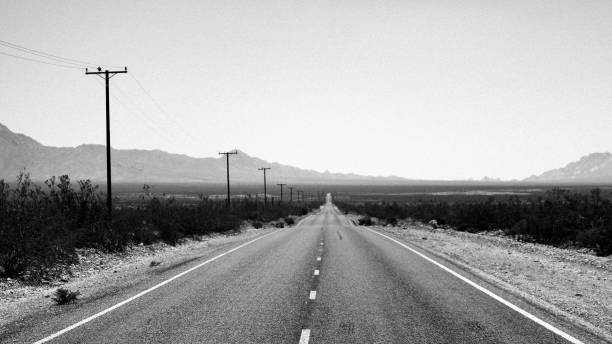As you read Lolita, you quickly notice that it involves a lot of travel; the book includes not one, but two cross-country trips. Eventually, you come to realize that the American road trips are a key fixture in the novel, and if you’re like me, you start to think that the story shares many ties to Jack Kerouac’s On the Road. So, you Google the copyright dates. To my surprise, Lolita (1955) was published two years before the journey of Sal and Dean. This only adds to the brilliance and inventiveness of the book.
Lolita’s American road motif functions as both a narrative element, aesthetic element, and capitalist critique.
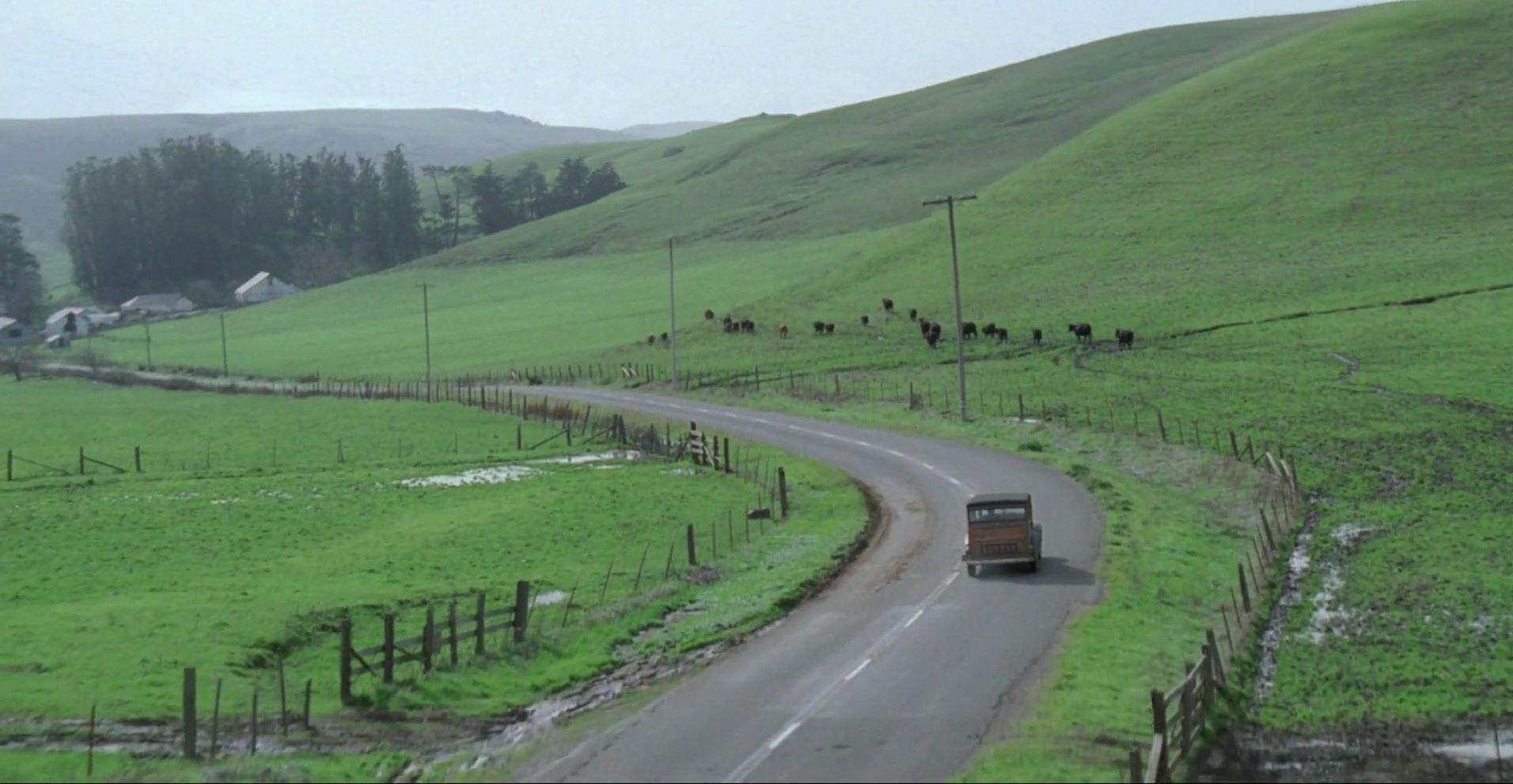
Humbert Humbert turns to the road for a source of comfort. It seems to offer an escape or, at the least, something other than his present situation. He could hide from prying eyes as he was just passing through. No one need pay him any mind. The damp, stained motel sheets swaddled him and brought greater security than any house of his own could. The change in roadside scenery and nature indicates that HH was making progress but towards what remains unknown. Even the most profound and genuine tourist attractions that he delivered to his Sweet Lo would only bring fleeting satisfaction. But, so long as forest turned to plains and plains to mountains and mountains to desert, HH could take solace in something. Right? HH provides some insight when he reflects on his trip:
We had been everywhere. We had really seen nothing. And I catch myself thinking today that our long journey had only defiled with a sinuous trail of slime the lovely, trustful, dreamy, enormous country that by then, in retrospect, was no more to us than a collection of dog-eared maps, ruined tour books, old tires, and her sobs in the night—every night, every night—the moment I feigned sleep. (2.3)
Maybe the unsavory motivations for the trip tainted the experience. The girl and man were not travelers; rather, they were hiders. No wonder HH makes the deflating claim that they saw nothing. That was never the point. It was not the idealized version of the country HH had conjured up in his mind, but the travels kept him and Lo preoccupied and out of the minds of their acquaintances. Now, does this toxic relationship with travel reflect Nabokov’s connection to the road? Doubtful. I would argue this is simply an American phenomenon rather than a Nabokovian one. The promise of the vast landscape can often underdeliver. (This makes me think of the SNL Italian Tourism skit). However, Nabokov’s illustration of “the road” seems more skeptical than most. The idyllic image of packing up the car and finding meaning does not ring true here. Kerouac puts more of a romantic spin on the nonconformist barreling down the highway—suggesting that the open road is meditative and spiritual. Ultimately, anyone with a driver’s license and gas money is entitled to a road trip. For some, it offers life direction, while others may settle for a crude coping mechanism.
I would like to address the blue Concord as it relates to the idea of escapism. What is so special about that car? Well, it remains a constant throughout the novel. Yes, HH can leave home behind, but he cannot rid himself of the car. The sedan propels our illicit duo from coast to coast, but what else? At one point, while Claire Quilty follows HH and Lo, the car becomes a target. The blue car is the beacon always indicating where the two are. It remains mechanically faithful to HH, but it also prevents him from fully covering his tracks. For Lolita, the vehicle serves as a metaphorical cell. At least at home, she does not have to constantly be in the presence of her perverted Pop.
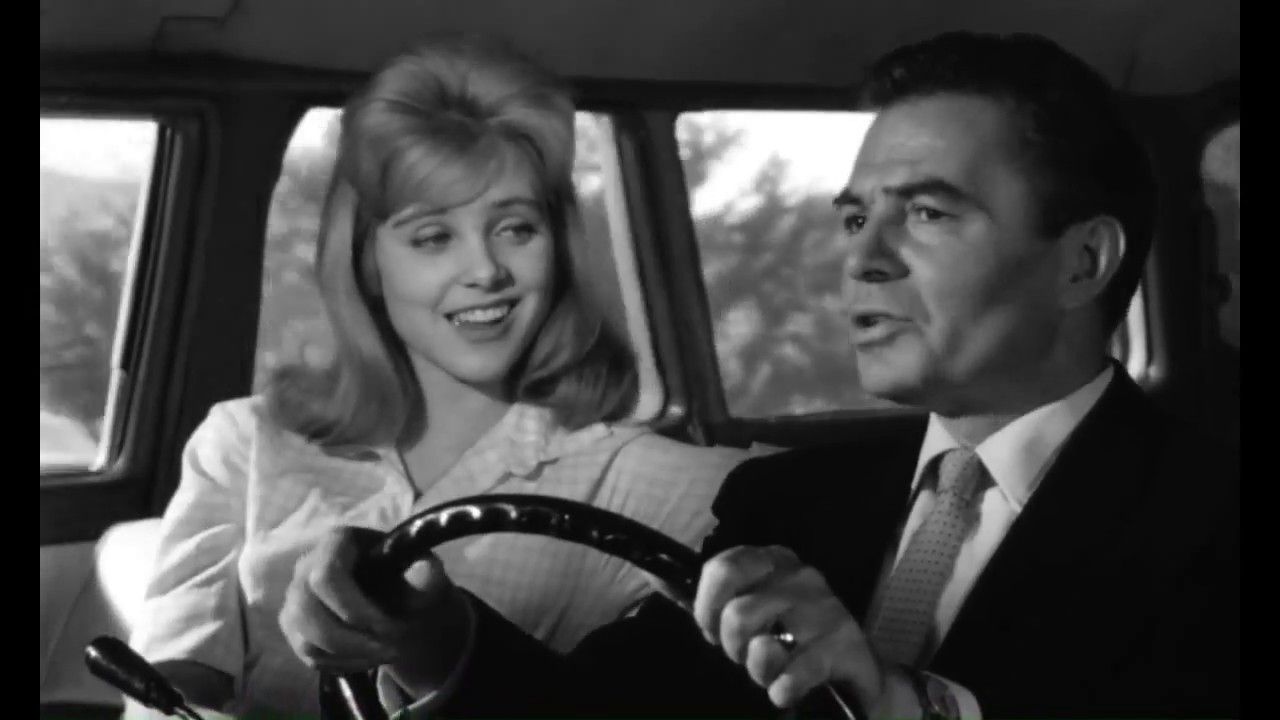
Alright, so why else does Nabokov highlight the road trips in the book? He wished to laud the American landscape that he had grown to love. Domestic travel composed a large part of Nabokov’s idle time. Remember, he managed to write an American odyssey despite being a foreigner and having few references to lean on. He had to learn about the US somehow. Much like HH, he traveled around the US. In fact, the trips that HH recounts have a biographical origin. He would go on road trips to the far west in the summer in part to relax and in part to collect specimens for Harvard’s Lepidoptera collection. Nabokov also became familiar with the northeast, where the novel is headquartered, as he would end up living in Cambridge, MA while teaching at Wellesley College and Ithaca, NY while teaching at Cornell University. All of his travels occurred just as the popularity of road trips was taking off. The circulatory-like highway system was expanding more and more. In fact, around the time that Lolita was published, Eisenhower authorized 41,000 miles of interstate highway to be built.
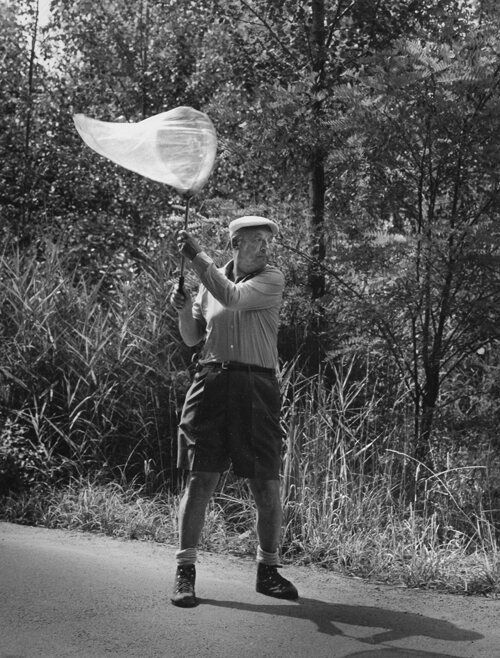
The descriptive writing required for painting these rich backdrops also allowed Nabokov to indulge and flaunt his writing prowess.
There might be a line of spaced trees silhouetted against the horizon, and hot still noons above a wilderness of clover, and Claude Lorrain clouds inscribed remotely into misty azure with only their cumulus part conspicuous against the neutral swoon of the background. Or again, it might be a stern El Greco horizon, pregnant with inky rain, and a passing glimpse of some mummy-necked farmer, and all around alternating strips of quick-silverish water and harsh green corn, the whole arrangement opening like a fan, somewhere in Kansas. (2.1)
Nabokov illustrates pictures that are strictly American. That is not to say that his home of Russia does not have its share of natural beauty, but he homes in on the unique aesthetic of America. Other countries do not share quite the diversity of terrain that the US occupies.
The transcontinental quests expose American culture and its entwinement with grating consumerism. Yes, even in the most rural areas capitalist inspired signage pops up. Mocking the landscape and offering mostly trivial products and services. Before moving forward, I’m not suggesting anything about Nabokov’s personal political-economic beliefs, but I think the contrast and cynicism he depicts are not without reason. Humbert commenting on Lolita’s susceptibility to advertisements is recurrent in the novel:
She believed with a kind of celestial trust, any advertisement or advice that appeared in Movie Love or Screen Land--Starasil Starves Pimples, or "You better watch out if you're wearing your shirttails outside your jeans, gals, because Jill says you shouldn't." If a roadside sign said: Visit our Gift Shop--we had to visit it, had to buy its Indian curios, dolls, copper jewelry, cactus candy. The words "novelties and souvenirs' simply entranced her by their trochaic lilt. (2.1)
Again, even many miles outside of major cities, consumerism remains omnipresent. HH implies Lolita is being bamboozled and that he can see the truth. The 1950s was a time of great consumption, finding itself positioned after the Great Depression and WWII. The book captures this time of increased discretionary spending. Cynicism also shrouds the motels in the book:
We wish you to feel at home while here. All equipment was carefully checked upon your arrival. Your license number is on record here. Use hot water sparingly. We reserve the right to eject without notice any objectionable person. Do not throw waste material of any kind in the toilet bowl. Thank you. Call again. The Management. P.S. We consider our guests the Finest People in the World. (2.16)
Motels provide an artificial brand of hospitality on the American roadway. Yes, they will entreat you to use their services, claiming that they welcome all to fine temporary domiciles. In reality, they will board you in questionable rooms, and treat you as a questionable person. The change in tone present in the above shows a dishonesty associated with capitalism, especially present in marketing material.
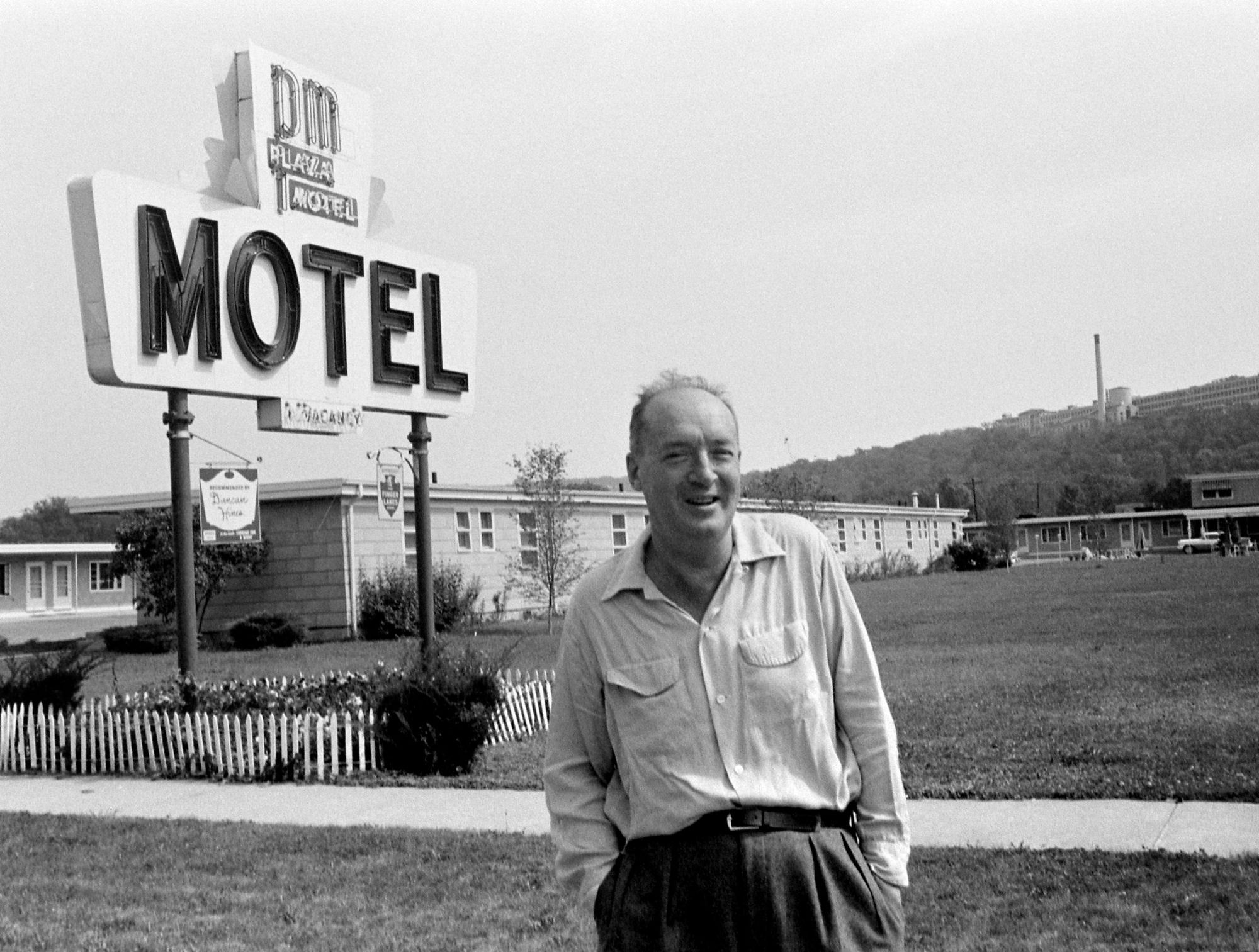
The American road is more than just a set to watch our story unfold. Nabokov uses it to communicate central narrative elements: key plot points and internal character conflict. He also desires to share with readers his infatuation with the American landscape. Simultaneously, he uses the expansive, wild terrain as a vehicle to showcase his ability to craft aesthetic, perceptible prose. At a tertiary level of significance, Nabokov wraps in a discreet capitalist critique. While Nabokov only relays the core story involving pedophilia, doing his best to remove himself from the taboo topic, an analysis of the American-road motif uncovers some biographical qualities and personal viewpoints that he mixed into the novel.

